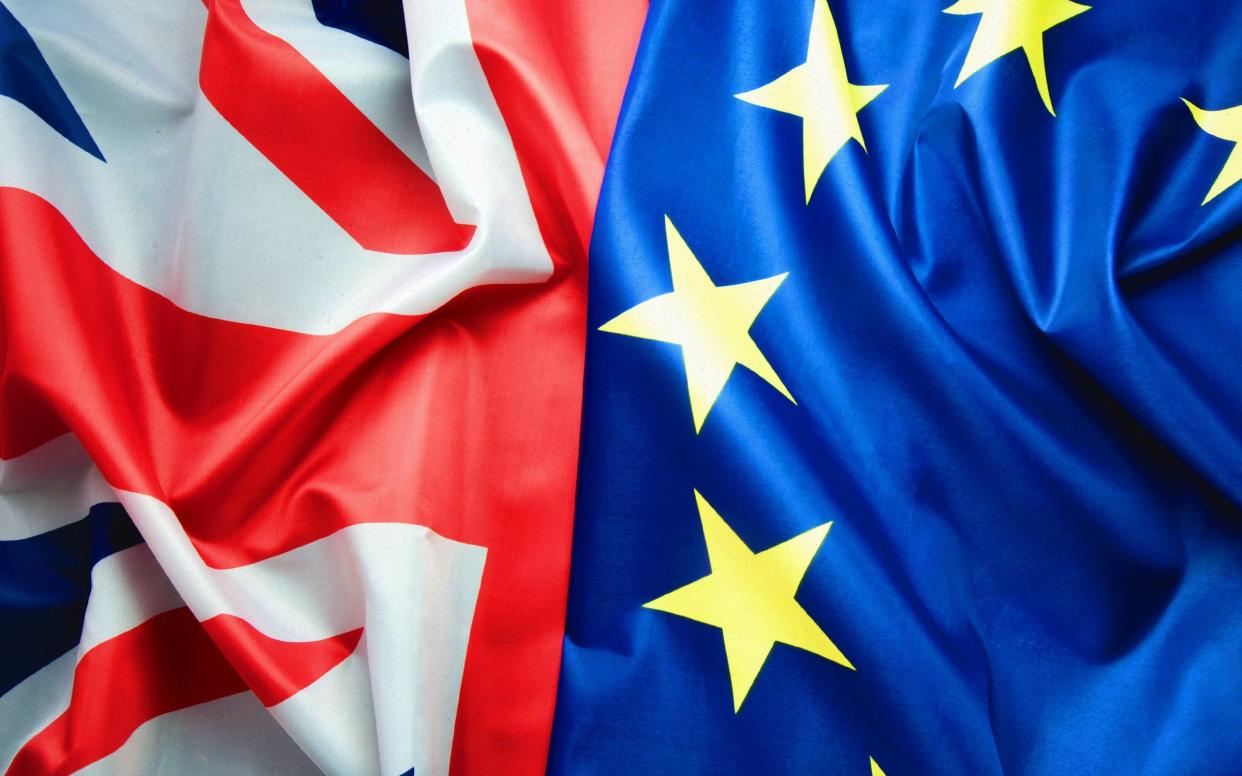The charts that show how Britain is slowly turning into bloated Europe

They may share a “special relationship”, but the UK and US now appear to be headed down increasingly different economic paths.
Years of ballooning public expenditure mean Britain today more closely resembles France than its buccaneering ally across the Atlantic, the World Bank’s chief economist has said.
“The country that used to be most like the United States in all of Europe was the UK. And you guys decided to go and become a lot more like continental Europe,” Indermit Gill told The Telegraph.
But just how far has the UK fallen behind its closest ally? And does it increasingly resemble its high-spending, low-growth continental neighbours in Europe? We crunched the numbers to find out.
Public spending
The UK has particularly diverged from the US when it comes to public spending, Mr Gill said, becoming more like European economies in the process.
Spurred on by the pandemic, Britain’s public spending as a share of gross domestic product (GDP) has grown at a faster rate than in any other major European economy since 2019, aside from Italy.
Today, the UK spends 44 per cent of its GDP on public spending. Outlay in the US, by comparison, has not shifted since before the pandemic.
Prior to the pandemic, the gap between the US and the UK in relative public spending had been hovering at its lowest level since the early-2000s, the result of more than a decade of austerity.
Where the USA and UK were spending 36 and 39 per cent of GDP respectively in 2019, France, Belgium and Italy were spending at least 49 per cent each.
GDP growth and debt
Unlike the US, the UK has been unable to turbocharge its economy post-pandemic.
So while overall public spending has gone up, namely on public sector wages, pensions and benefits, the overall size of the economy that such outlay is measured against has barely shifted.
It wasn’t always like this. For decades, starting in the 1980s onwards, the UK proved better able than France and Germany at growing its economy, tacking closer to the US than either of its continental counterparts.
But since 2020, average economic growth has for the first time in recent decades fallen to below half of that recorded in the US.
And in yet another warning sign, Britain is also now lagging behind when compared with other parts of western Europe too.
The UK’s anaemic rate of growth – at 0.8 per cent – has seen it surpassed by Italy, Portugal and Belgium, whose economies grew by 1 per cent, 1.4 per cent and 1.5 per cent on average across the 2020s.
While France and Germany have fared worse since 2020, the IMF has predicted the UK will fall behind France in 2024 with a predicted growth rate of just 0.5 per cent: a quarter of what the US is expected to achieve.
Productivity
A key contributor to the stagnation afflicting the UK economy is low productivity.
The issue has always been a weak spot for Britain, with the country falling not just behind the US, but many European nations too for decades.
Pre-pandemic, every hour worked in the UK contributed $66 (£53) towards GDP, compared to $78 in France and Germany, and $87 in the US.
Since Covid, the disparity with the US has only grown.
Economic growth per hour worked has increased by just $13 in the past five years, a similar rate to the one recorded in France, but 15 per cent slower than in the US.
Inactivity overall
This inability to make work pay has been matched by another major drag on the UK economy: the increasing number of Britons seemingly unable or unwilling to work at all.
While European countries have, in general, seen the number of men classed as economically inactive fall since 2019, the rate in the UK has slowly been ticking upward.
Germany and France, for example, have witnessed falls in the number of working-age men not looking for work – who are not covered by unemployment statistics – of 9 per cent and 5 per cent respectively. In the UK, that figure has climbed by 5 per cent.
Today, it stands at 17 per cent among British men. This still remains significantly below France (23 per cent) and even the USA (at 21 per cent). But the UK’s trend-busting move upwards is further evidence of a country moving closer to the high inactivity rates more typically seen among its European neighbours.
Meanwhile, the UK’s unemployment rate – made up of people seeking jobs but unable to find one – compares poorly against both Germany and the US, at 4.3 per cent compared with 3.1 and 3.7 per cent respectively.
France measures worse still, with 7.3 per cent of the working age population looking for jobs.
Economic inactivity among over-55s
The economic inactivity gap between Britain and other parts of Europe is clearest amongst adults just shy of retirement age.
Some 37 per cent of French men aged 55 to 64 are economically inactive, compared to 28 per cent in the UK and US.
But a decade of reforms in France have slowly begun to close the gap between the two countries. Where France has seen effective early retirement fall by 7 per cent since 2019, the UK has recorded a jump of 5 per cent.
Both, meanwhile, can look enviously towards Germany where just 20 per cent of 55 to 64-year-olds are economically inactive.
On average, people tend to officially retire later in the US than in western Europe, at 64.9 years of age. In the UK, they do so at 63.6 on average, far behind France, at 60.4, but marginally older than in Germany, where the figure stands at 63.1 years of age.

 Yahoo News
Yahoo News 
